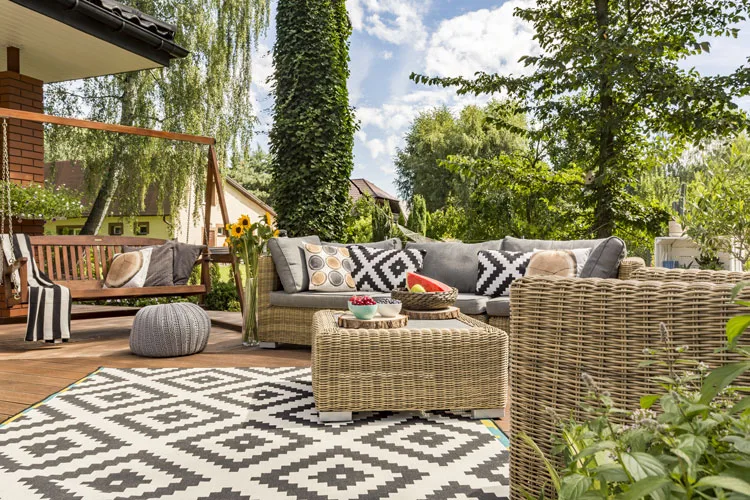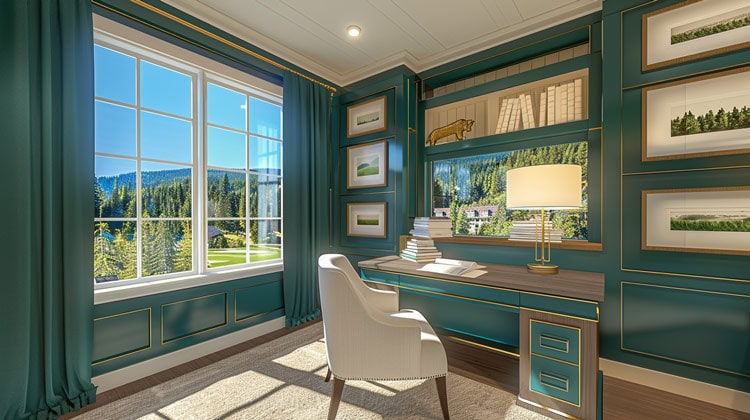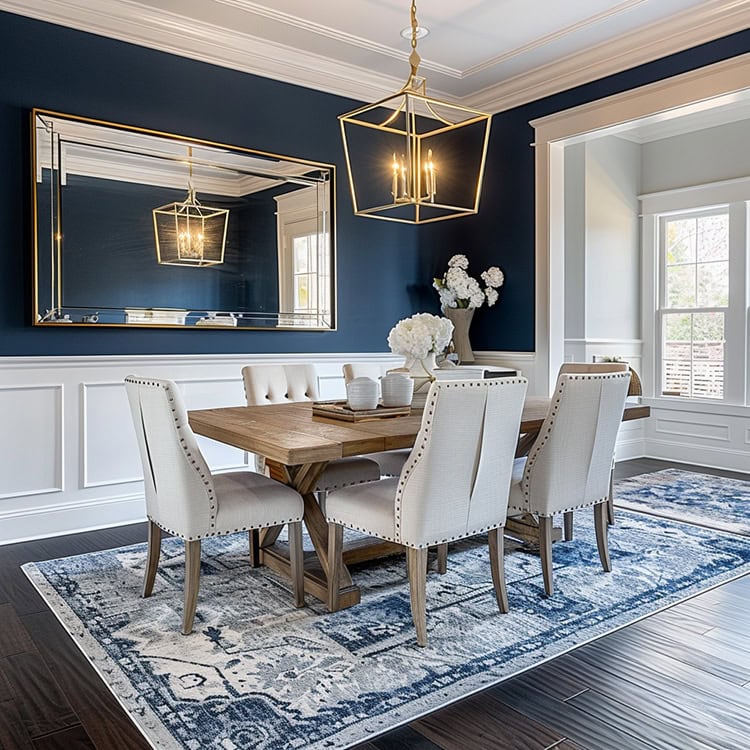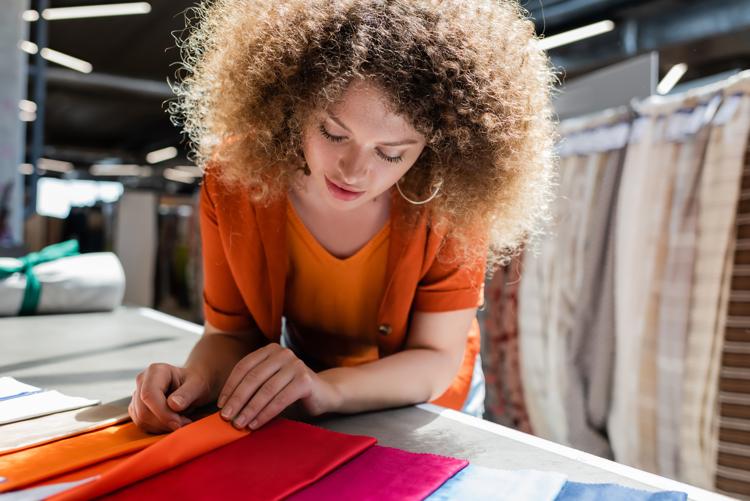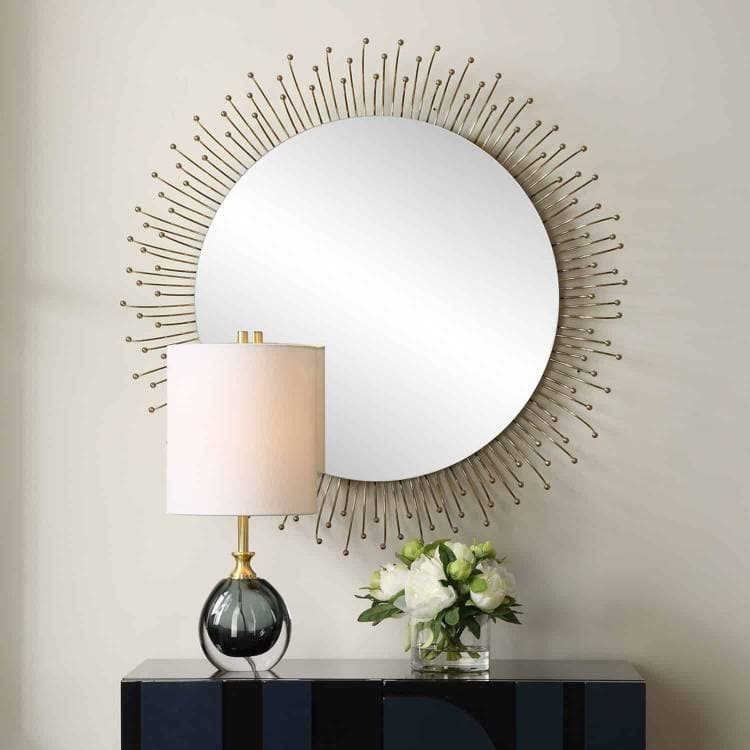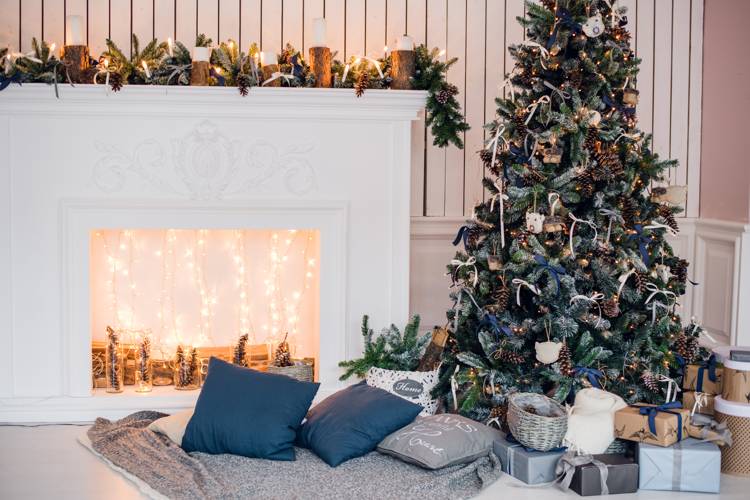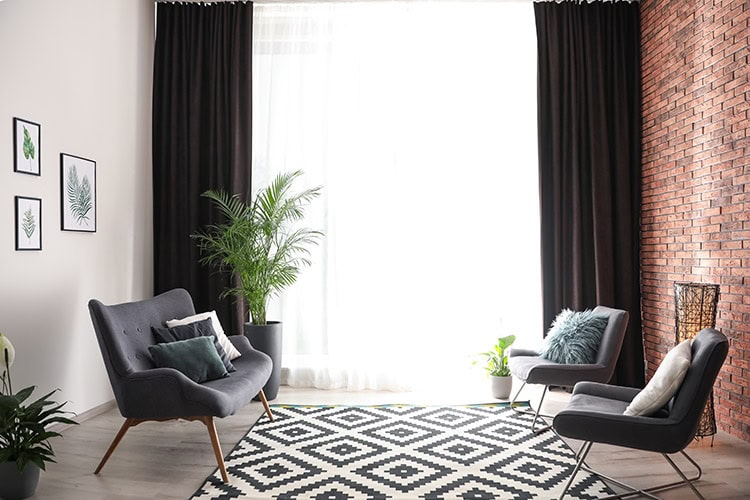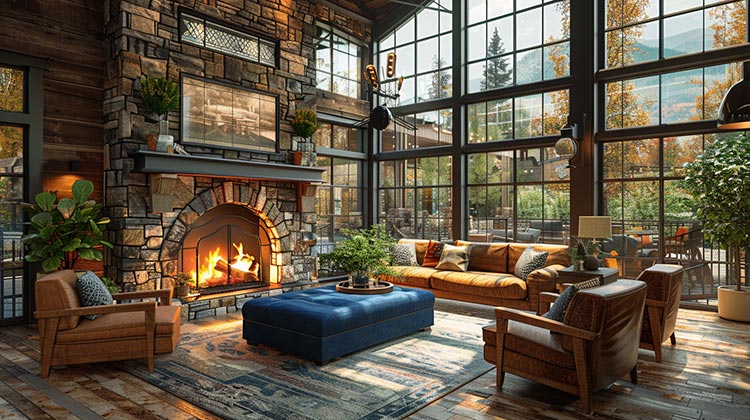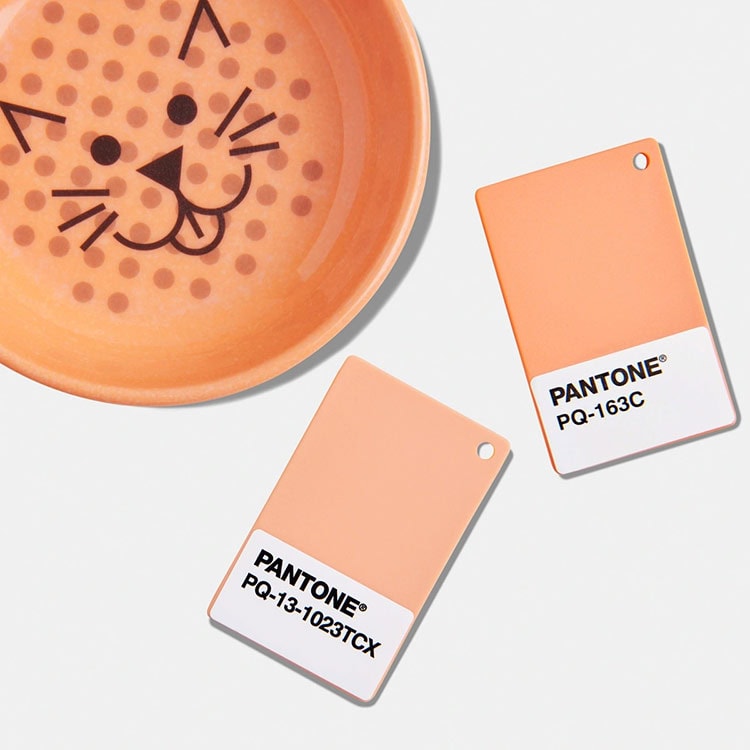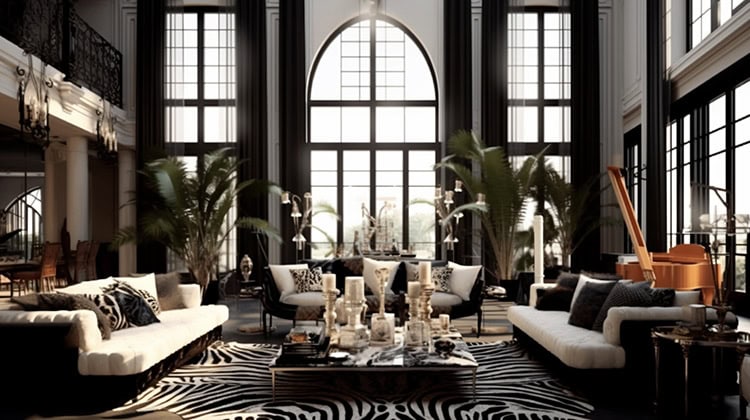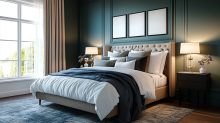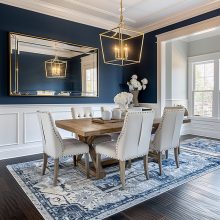Outdoor furniture has come a long way. Today, there are so many choices it can be challenging to make a final decision. Since outdoor living spaces have become so popular for social events, manufacturers are constantly producing innovative fabrics. These fabrics make it possible for homeowners to express their indoor style, outdoors, all the while being able to withstand the elements. A wide array of colors, textures, and patterns are available at your fingertips, allowing you to create the perfect space for relaxing and entertaining.
Common Characteristics of Outdoor Fabrics
There are several characteristics that make outdoor fabrics so durable. Without them, we’d be subjected to very bland seating choices. These characteristics (typically found on the label) can include:
- Water resistant, not waterproof (however, there are waterproofing sprays you can use)
- Mold and mildew resistant
- Stain resistant
- Weather resistant
- Fade resistant
- Permeable/breathable
- UV blockers
So how do you know which types of outdoor fabric are best? In all honesty, what’s best is going to be based upon what you need for where you live as well as how you live.
When it comes to outdoor fabric, solution-dyed acrylic has set the bar pretty high. Not only does it have great UV protection, but it is also extremely mold and mildew resistant. If your cushions and pillows will be exposed to sunlight and water then this type of fabric is what you need. When it comes to brands, Sunbrella is the most well known and respected. However, there are other companies that provide quality products that include a wide selection of designs.
If solution-dyed acrylic doesn’t fit into your budget or simply isn’t what you need, there are other solutions. Some options include acrylic coated polyester, vinyl coated or vinyl coated synthetic fiber mesh, spun polyester, and canvas.
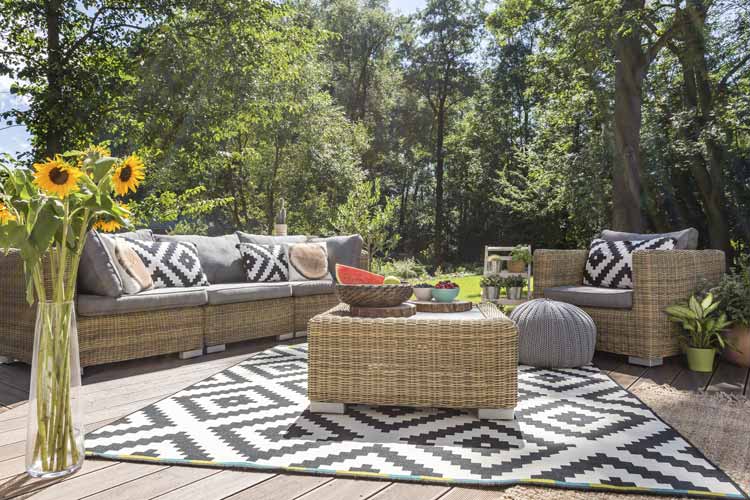
Waterproof vs. Water Repellent vs. Water Resistant: What’s the Difference?
Something else to keep in mind is how well the fabric you want stands up to water. Waterproof fabric is impervious to water, meaning water cannot penetrate the surface. Water repellent means that water can penetrate the surface, but not very easily. It has been treated, which makes it more difficult for water to seep in. Water resistant can come treated, but it is the least successful at keeping water at bay. Any of these coatings can wear off over time, so it’s important to carefully read and understand the care instructions found on the label.
Getting the Most Out of Your Outdoor Fabrics
It’s hard not to get excited about outdoor fabrics. Here are some tips for helping you get both enjoyment and longevity from your purchase.
Determine Ideal Fabrics for Your Space
Before you start making furniture or fabric purchases, you should take the climate, as well as the elements your furniture will face, into consideration. To narrow down the choices stay focused on outdoor fabrics only. Many, but not all outdoor fabrics are fade, stain and liquid resistant, therefore taking time to shop around will ensure you know what you are getting.
Mix and Match for Beautiful Results
If you don’t like monochromatic schemes, there’s no reason to have one in your outdoor living space. As mentioned earlier, outdoor fabrics are plentiful, leaving you with creative authority. With options like stripes, paisleys, florals, checks, swirls, animal or tribal prints at your fingertips there’s no reason your space has to be bland. Don’t be afraid to mix and match patterns or incorporate bursts of color. If you prefer a space that’s more subdued, go for a color palette of soft greens and blues. And don’t think that your fabric choices have to stick to furniture only. Take those beautiful textures, patterns, and colors to a higher level by adding accents such as tablecloths, window treatments, and awnings.
Preserve the Lifespan of Your Fabric
Although outdoor fabrics are designed to withstand the elements of nature, they still require a bit of maintenance. If you wish to preserve the lifespan of your outdoor fabrics there are a few things you can do. Remove or cover pillows and cushions during heavy downpours and snowfalls. If these items do get soaked, propping them up against a wall is a good way to let the moisture drain out. Mold and mildew are attracted to dirt, so take time to occasionally shake, brush or vacuum your cushions. Not all fabrics can be thrown in the washer and dryer, so read labels before doing any heavy cleaning. A good rule of thumb is to stick with cold water and air-drying to keep cushions and pillows in good shape.
Let us help you kick off the season! Stop by our showroom to see our wide collection of outdoor fabrics and accessories that’ll make your outdoor space welcoming and stylish.

